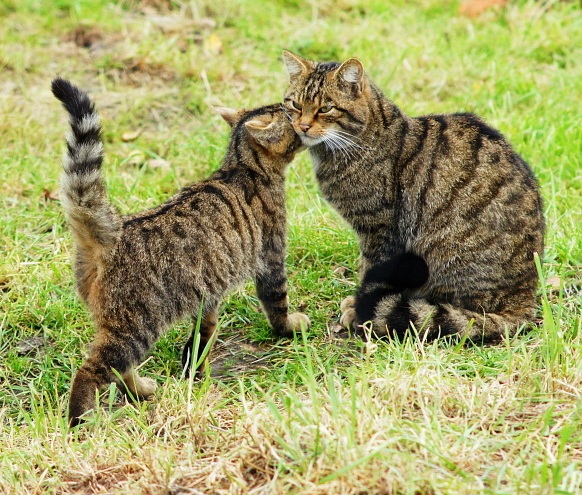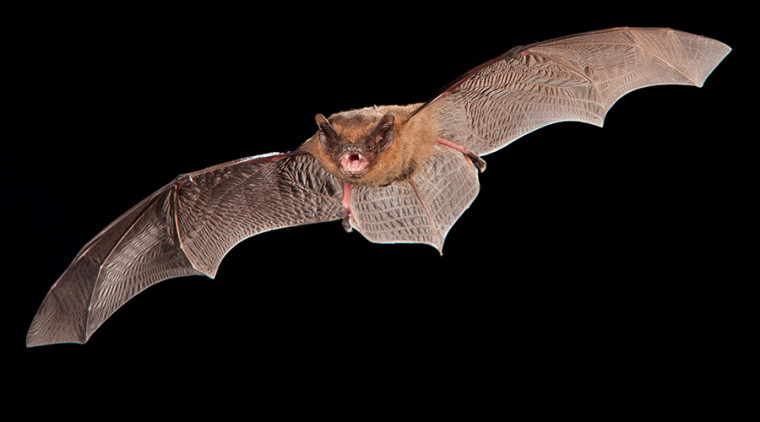It appears that freedom of speech, especially when citing facts over insane statements, does not exist on social media. You can read what I wrote below and I was very polite. Howver, I have been removed from the group, I assume for not being part of the falsifying facts that birders want. Meh
****************************************************************
Face Book's Self Isolation Bird Club recently spiralled out of control as someone posted that any bird or mammal brought home by a pet cat or dog as a "gift" needed to be taken to a vet for treatment. The post was borderline crazy. However, it soon turned into an anti-cat rant from members!
One even insisted that cats were an "invasive species" and had no place being outdoors.
No one seemed to be willing to correct this utter tripe. So I stepped in. It may be that my post will not be approved for various reasons so here it is.
"I'm a little concerned that a recent post on pets bringing in "present" birds etc devolved into anti cat propaganda. Firstly, let's get one fact straight: the -THE- biggest killer of birds and small mammals are human beings. I have seen birds such as blackbirds and thrushes that suffered from eating slugs that had ingested slug pellets (a cat did not put those out).
"Rat and mice poisons that should really be banned from sale to the general public have made pets -cats, dogs as well as larger wild mammals ill or caused death and are used by some mentally unhinged people to poison foxes and badgers. No cat was involved (otherthan as a victim).
"I did a paper back in 2000 on feral cats and wild cats and I also consulted with the then chief veterinary officer for the Cats Protection League and we both concluded the same thing after research; cats were not killing vast swathes of wildlife each year -if you think about it logically, if "millions" are killed each year why are they not extinct? Even some wildlife experts are changing their minds on this becausethe greatest factor in the loss of buird numbers are the hedgerows, trees and other nesting areas that have been destroyed -even while the birds nest (which is supposedly illegal unless you are a local authority such as Bristol City Council). No cats involved.
"WHY are hedgehogs now facing extinction? Destruction of habitat, the use of poisons and....no cats involved.
"What I and others found is that cats do not really need to hunt for food, not even feral cats; people put food out for their cats, for foxes and hedgehogs and this is a free meal. Feral cats also hunt and kill rats and mice which has been found to be far better a solution than poisons (Chicago recently released feral cats to deal with its rat problem). Domestic cats, as I have observed, hunt mice and rats. If it is a sick or injured bird of course a cat will take it. Look at the number of photos posated of owls and hawks here -especially of ones with dead mammals and pigeons so if swathes of birds have been destroyed by cats....how are all the predatory birds eating and breeding?
"As for the silly "cats are invasive species" -the evidence of early domestic cats in Britain comes from an Iron Age (in Britain, about 800 BC–AD 43) settlement called Gussage All Saints, near Dorset in southern England. Those were domesticated whereas we have always had wildcats -we even had lynx until humans hunted and killed them poff (no help from cats apparently). So, over that period to time here we are in 2021 and...the birds and small mammals are still here! Odd?
"Birds also kill birds. I witnessed one robin kill and intruder robin. A few minutes before writing this a neighbour called me out as a wood pigeon was stunned -it had been attacked by adult wood pigeons. I have seen up to 20 magpies attack and ground a sparrowhawk and had I not intervened they would have killed it and I know someone who has observed that.
"Cats will pick up a dead mouse or rat or bird and take them home having NOT killed them. But these would be counted as having been 'killed by' the cat.
"It goes on and on and the numbers allegedly killed by cats is a "guesstimate" you take what so many households tell you then you work out (roughly) how many people have or might have cats and then you multiply the figures. It is NOT science but very rough estimates.
"Of course, it makes people feel better if they can blame something else for what they did. Hedgehogs are NOT being slaughtered by foxes -the drop in number is down to humans. Bird number as well as other species numbers that drop tend to be more down to environmental damage caused by...humans.
"I've studied felids and canids since 1976 and the one thing I have learnt is that people will talk nonbsense and pass the blame on and the "fall guys" are usually the canids and felids."
To prove my point of it all being a "Guesstimate" this is taken from Domestic Cat Predation on Wildlife By Michael Woods, Robbie A. McDonald and Stephen Harris:
"To estimate the order of magnitude of the total numbers of animals that may be brought
home by cats in Britain, we first estimated the population of cats likely to bring home prey of
each group. This was achieved by multiplying the estimated cat population, here taken to be 9
million, by the proportion of this sample that brought home at least one of each prey type
(Table 3). Then, for all the cats that did bring home at least one of each prey category, we
calculated the mean and 95% confidence intervals of the log-transformed data. The number
of prey animals brought home by all cats in Britain was then estimated by multiplying the
estimated population of cats that retrieved that prey type by the back-transformed means
and the associated, asymmetric 95% confidence limits. In order to be sure of the confidence
intervals for this estimate, it was derived from the records from households where all prey
items were assigned to individual cats, rather than the returns from households where the
kills of several cats could not be distinguished.
And that proves my point.























.jpg)